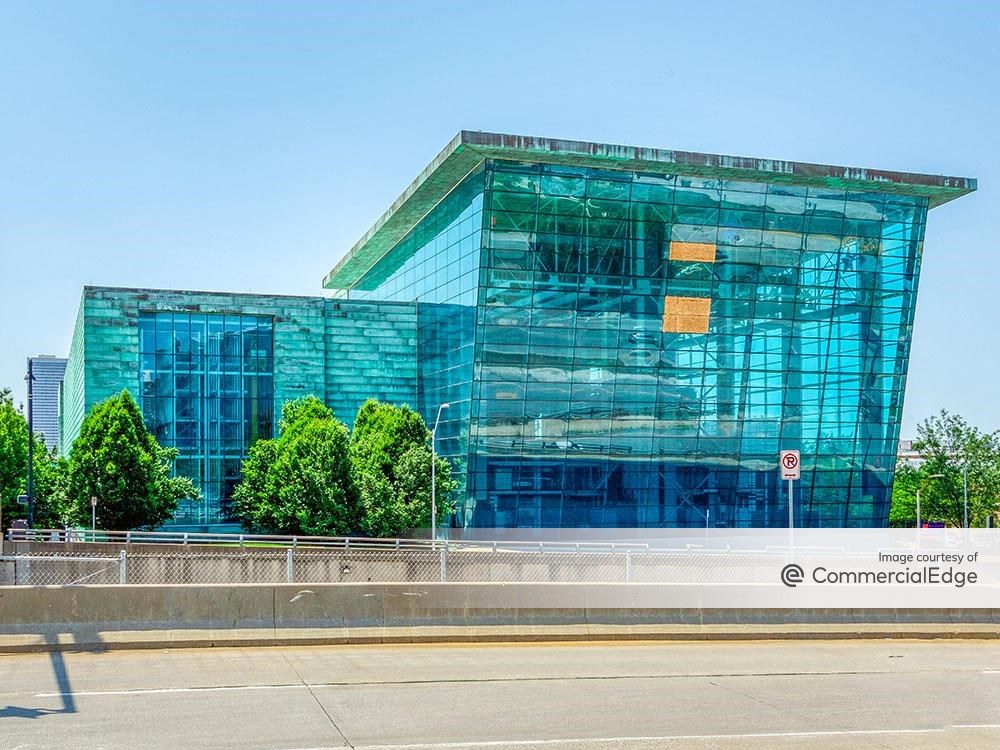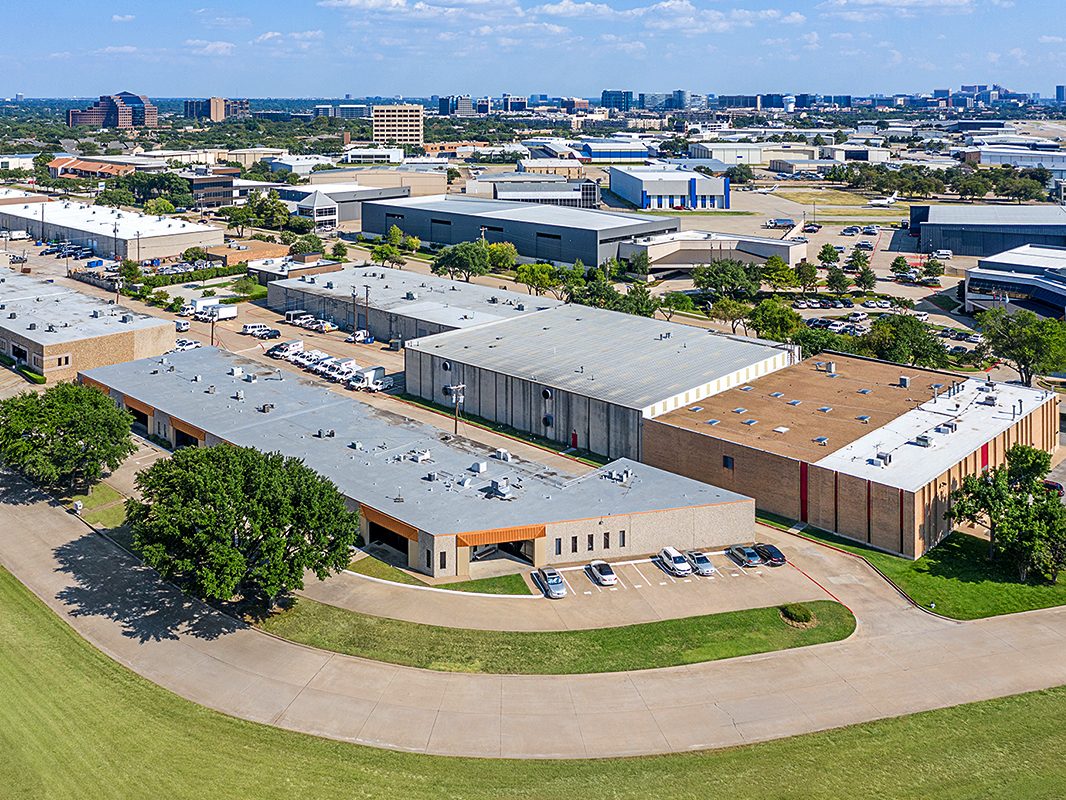The Difficulty of Reviving Zombie Malls
In revitalizing a deteriorating mall, asset owners and developers may face an uphill battle to make the property profitable again. But those with an understanding of community and economic needs can be successful, notes CenterSquare Investment Management Portfolio Manager Eric Rothman.
By Eric Rothman, Portfolio Manager, CenterSquare Investment Management
 The health of U.S. malls is tenuous. Weary consumers, lagging retail sales and oversaturated supply, struggling tenants, weak department stores, and the threat from e-commerce and big box discounters paint a bleak picture for investors. Many malls—permanently affixed in a fluctuating environment—have failed to evolve despite considerable shifts in consumer behaviors and spending.
The health of U.S. malls is tenuous. Weary consumers, lagging retail sales and oversaturated supply, struggling tenants, weak department stores, and the threat from e-commerce and big box discounters paint a bleak picture for investors. Many malls—permanently affixed in a fluctuating environment—have failed to evolve despite considerable shifts in consumer behaviors and spending.
But, not all U.S. malls are marked for dissolution. Demand for tactile, immersive shopping remains part of the American psyche. Theaters, groceries, restaurants and other properties that provide progressive, experiential or amenity shopping will continue to thrive. How can investors remain exposed to malls that present these opportunities while avoiding the less lucrative ones? Fortunately for investors in U.S. REITs, these more promising properties make up a large percentage of the REITs’ exposures.
WINNERS AND LOSERS
The difference between the best and the worst retail locations has never been more pronounced. Retail consulting and investment banking firm Davidowitz & Associates Inc., estimates half of the nation’s 1,100 enclosed regional malls could close in the next 20 years.
However, properties with good demographics, heavy traffic, healthy pedestrian footfall, limited competition and strong sales per square foot are gaining value to retailers. Of the approximately 1,100 U.S. malls, we estimate that only about 150 are in this position of strength.
THE START OF THE ZOMBIE APOCALYPSE
During the wave of regional mall development, the department stores were king makers. Developers offered sweetheart deals on land and lease terms to ensure these anchor stores joined their project over the competition.
Too often, however, these tenant-friendly leases and reciprocal easement agreements hamstring a landlord’s redevelopment efforts. For a high-quality mall, department store closures create a rare opportunity to add a vibrant new tenant. However, closings disproportionately occur in the lowest-tier assets. When undifferentiated retailers such as Macy’s and J.C. Penney close, mall owners are left picking up the pieces.
These closings essentially shutter one entire end of a property, creating an uninviting atmosphere. In fact, a recent Wells Fargo study found, “in the final year before their demise, (outdated) properties were (about) 72 percent occupied (implying much lower in-line occupancy).” Rapidly replacing anchor vacancies is critical to avoid the zombie-like state between death and revitalization.
Challenges Ahead
In revitalizing a deteriorating mall, asset owners and developers may face a years-long uphill battle before the failed retail establishment can be profitable again—leaving investors to foot the bill. What’s more, a property can linger for decades as a zombie mall while asset owners struggle to navigate numerous obstacles and recoup losses.
While mall properties may be attractive to developers in many industries, transitioning from retail to other uses often requires complicated and disputed leasing and zoning changes, involving local government and other stakeholders. Of course, some malls have been redeveloped into community colleges, churches and office campuses. Developers with a keen understanding of community needs and economic factors are best positioned to successfully transition away from retail.
CONSTANT EVOLUTION OF RETAIL
Retail is always evolving and the future of retail lies in those with the vision to continually move forward. Developers who understand the community and best cater to shifting consumer tastes will be successful, and landlords who meet the demand for experiential shopping will pull foot traffic and share of wallet. Not all shuttered malls should remain retail-oriented, but those that do would be wise to entirely reinvent themselves. For malls unable to stay ahead of the curve, perhaps the best outcome is to reach absolute zero in hopes that developers will be able to navigate a failed asset toward profitability.
To a diversified real estate investor, the demise of so much existing brick-and-mortar retail may seem like an unavoidable strain, however we believe an actively managed REIT portfolio presents an opportunity to benefit from these trends. Although not a new phenomenon, the changing retail landscape has negatively affected sentiment for many of the retail REITs this year in particular. The risks are a legitimate reason for concern, but the problems are not likely to afflict the malls that most U.S. REITs own. REITs largely own top quality assets— the vast majority of the approximately 150 unassailable malls and a very large portion of the next best 300.
Generally speaking, even the worst assets owned by most U.S. REITs are better than the average asset in a given market. And in fact, the high-productivity assets owned by REITs stand to benefit from increasing market share as the weaker competition in the market dies away. The ability of the REIT prices to respond quickly to new information and sentiment has created a situation where retail REITs have been punished for weakness concentrated in private market hands. We believe that in this relative mispricing exists an opportunity for excess return.
The statements and conclusions made in this presentation are not guarantees and are merely the opinion of CenterSquare and its employees. Any statements and opinions expressed are as of the date of publication, are subject to change as economic and market conditions dictate, and do not necessarily represent the views of BNY Mellon.







You must be logged in to post a comment.